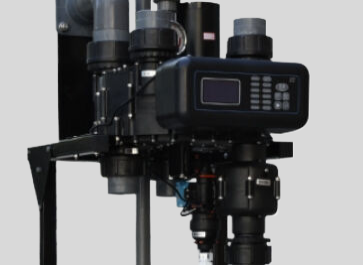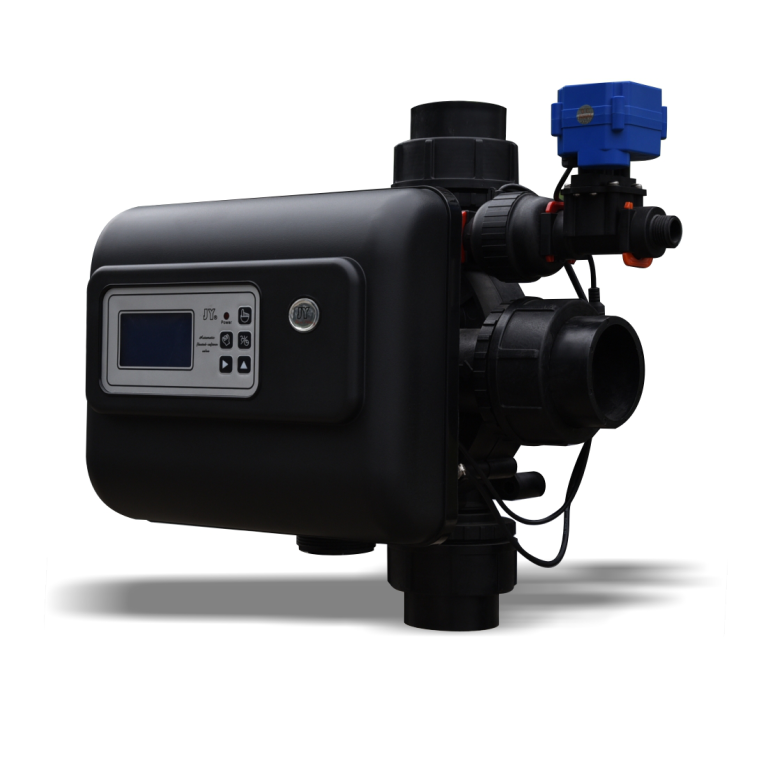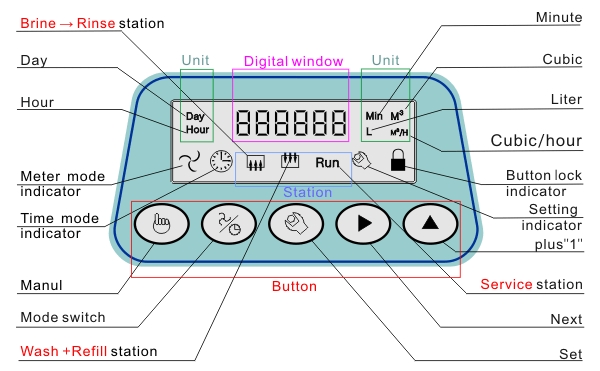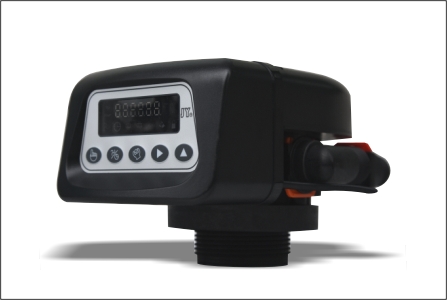Prevent cavitation, protect your control valves.
Understanding the Basics of control valve Cavitation
Control valve cavitation is a common issue that can occur in industrial processes involving the use of control valves. Understanding the basics of control valve cavitation is crucial for ensuring the efficient and safe operation of these systems.
Cavitation is a phenomenon that occurs when the pressure of a liquid drops below its vapor pressure, causing the formation of vapor bubbles. These bubbles can then collapse violently when they move to a higher pressure region, leading to damage to the valve and other components in the system.
One of the main causes of control valve cavitation is the high velocity of the fluid passing through the valve. As the fluid passes through the valve, its velocity increases, leading to a drop in pressure. If the pressure drops below the vapor pressure of the liquid, cavitation can occur.
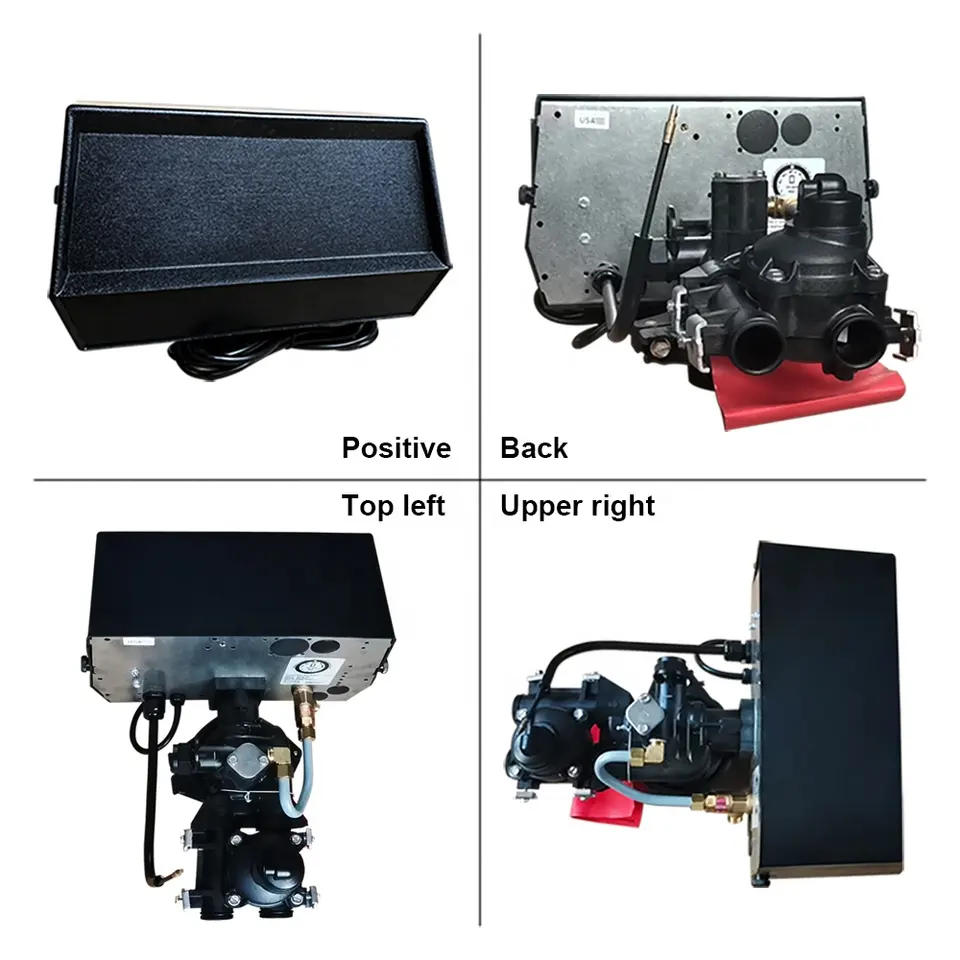
To prevent control valve cavitation, it is important to properly size the valve for the specific application. This involves taking into account factors such as the flow rate, pressure drop, and fluid properties. By selecting the right valve size, the velocity of the fluid passing through the valve can be controlled, reducing the likelihood of cavitation.
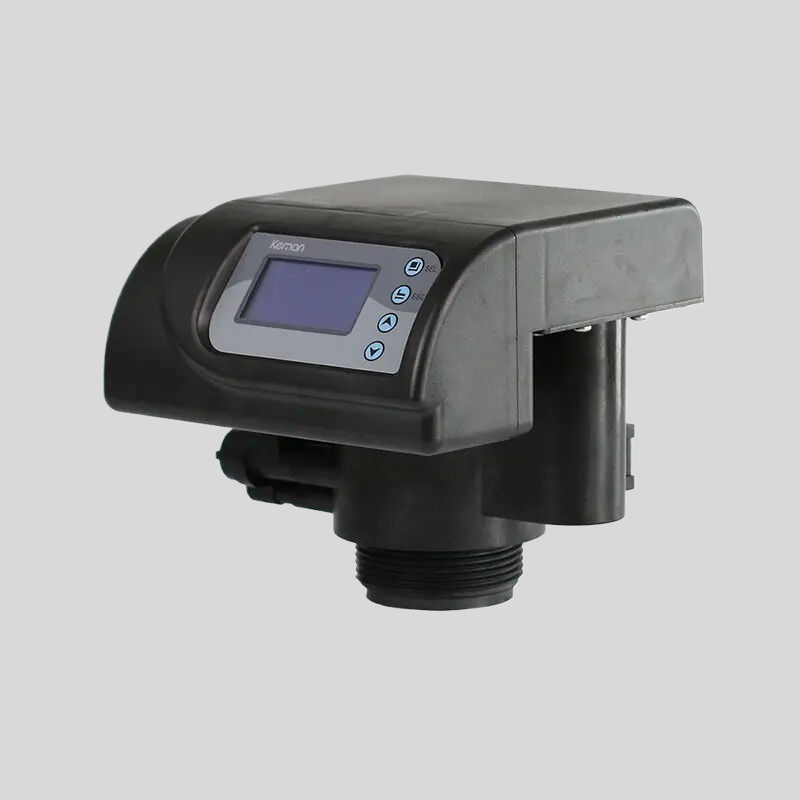
| Model | Category | Water Capacity m3/h | LCD | LED | ICON | DIODE |
| CV-2 | Automatic Drain Valve | 0.5 |
In addition to proper sizing, the design of the control valve can also play a role in preventing cavitation. For example, using a valve with a trim design that minimizes pressure drop can help reduce the risk of cavitation. Additionally, installing a cavitation-reducing device, such as a cage or a multi-stage trim, can help mitigate the effects of cavitation.
Regular maintenance and monitoring of control valves are also important for preventing cavitation. By monitoring factors such as pressure drop and flow rate, operators can identify potential issues before they lead to cavitation. Additionally, regular inspection of the valve trim and other components can help ensure that the valve is functioning properly and is not at risk of cavitation.
If cavitation does occur, it is important to address the issue promptly to prevent further damage to the valve and other components in the system. This may involve adjusting the operating conditions of the valve, such as reducing the flow rate or increasing the pressure drop. In some cases, it may be necessary to replace the valve trim or other components to prevent cavitation from recurring.
In conclusion, control valve cavitation is a common issue that can have serious consequences for industrial processes. By understanding the basics of control valve cavitation and taking steps to prevent it, operators can ensure the efficient and safe operation of their systems. Proper sizing, design, maintenance, and monitoring of control valves are key to preventing cavitation and minimizing the risk of damage to the system.
| Model | Category | Water Capacity m3/h | LCD | LED | ICON | DIODE |
| AF2 | automatic filter valve | 2 | O | O | O | O |
| AF2-H | Automatic Filter Valve | 2 | O | O | X | X |
| AF4 | Automatic Filter Valve | 4 | O | O | O | O |
| AF10 | Automatic Filter Valve | 10 | X | O | X | X |

